For years, the United States has viewed India as the linchpin of its Indo-Pacific strategy – portraying it as the most populous democracy in the region capable of counterbalancing a rising China. Successive administrations in the U.S., Presidents George W. Bush, Barack Obama, Donald Trump and Joe Biden, invested heavily in promoting India as a regional hegemon by offering it strategic, diplomatic and economic leverage. However, the U.S. bet on India is increasingly under question, particularly after recent geopolitical shifts that have undermined earlier assumptions.
Under the first tenure of President Donald Trump, U.S.-India relations saw an upward trajectory. The “Howdy Modi” rally in Houston and Indian Prime Minister Narendra Modi’s calling Trump “my friend” had been a spectacle that symbolized mutual admiration. After the elections in 2024, many anticipated the bilateral relationship to reach even greater heights. But recent developments reveal a gradual impediment and a possible recalibration in Washington’s thinking.
India missteps, Pakistan advances
A defining moment came with the Pahalgam Crisis in May 2025, which occurred between India and Pakistan. Contrary to regional and international expectations, Pakistan emerged from the conflict not only resilient but tactically superior – downing several Indian jets, including Rafales, that were once considered an emblem of India’s air dominance. This shattered the narrative of Indian military superiority and reestablished Pakistan as a potent force in South Asia. The U.S. observers could not ignore the implications: if India struggles to contain its immediate neighbor, that with relatively less advantage, how can it credibly be positioned as a bulwark against China?
Moreover, India also faced another setback in its foreign policy, where the issue of Kashmir has further exposed its fragility. For decades, New Delhi has insisted that Kashmir is a bilateral matter and has worked hard to keep third-party mediators out of the conversation. Yet, Trump’s recent statement expressing willingness to mediate between “two nuclear neighbors” over Kashmir marked a clear diplomatic setback for India. While India continues to emphasize bilateralism, it is increasingly clear that international actors no longer view the Kashmir conflict as a closed file. This shift in global attitude is, in large part, due to Pakistan’s effective multilateral diplomacy and persistent efforts to internationalize the dispute through forums like the United Nations, Organisation of Islamic Cooperation (OIC), and by engaging global think tanks and media.
In contrast to India’s narrative control, Pakistan has been repositioning itself as a responsible regional actor. The recent acknowledgment by CENTCOM chief of Pakistan’s sacrifices in the global fight against terrorism has dealt a blow to India’s long-standing allegations of Pakistan being a sponsor of terrorism. The narrative is changing; Pakistan is no longer seen merely through a security lens but is being recognized as a potential stabilizer.
Additionally, India’s internal democratic regression, human rights violations, suppression of minorities, curbing of press freedoms, and rising authoritarianism have made it harder for Washington and other Western allies to ignore their democratic values with their support for Modi’s India. Even more alarming are India’s alleged involvement in transnational repression – including the murder of Sikh activists in Canada and an attempted assassination in the U.S., actions that run counter to the liberal world order the U.S. claims to uphold.
China, Russia and U.S. observe
In this equation, one can’t ignore the China factor. Strategically, Pakistan’s deep partnership with China gives it a distinct advantage in a region defined by great power competition. China’s material and diplomatic backing during the Pahalgam crisis served as a reminder of this alliance’s strength. Pakistan has cautiously proven that it can navigate complex relations, maintaining close ties with China while engaging constructively with the U.S. on security, trade and minerals. Trump’s breakfast meeting with Pakistan’s Field Marshal Asim Munir and subsequent high-level talks over mineral cooperation signal a broader tactical opening.
However, India is also trying to warm up relations with China as its external affairs minister has already visited China, while Modi is expected to visit China for the upcoming Shanghai Cooperation Organisation (SCO) visit.
The Russia-India alliance is also going through testing times, as recent U.S. actions, including the increased tariffs on Indian exports, growing concern over India’s oil trade with Russia, and the reassertion of U.S. willingness to play a role in Indo-Pak tensions, are not isolated incidents. They are indications of a deeper reassessment underway in Washington.
In conclusion, the U.S. must now confront an uncomfortable reality: despite enjoying unprecedented military and diplomatic support from the West, India has failed to assert itself decisively in its own neighborhood. Its inability to contain Pakistan, its tarnished democratic image, and its foreign policy miscalculations – particularly on Kashmir – have raised serious questions about its long-term utility as a strategic partner. The Indo-Pacific strategy, once anchored around India, may now be in need of a serious redesign. And in this shifting landscape, Pakistan’s role as a balancer, not just between India and China, but between values and interests, is becoming more evident than ever before.

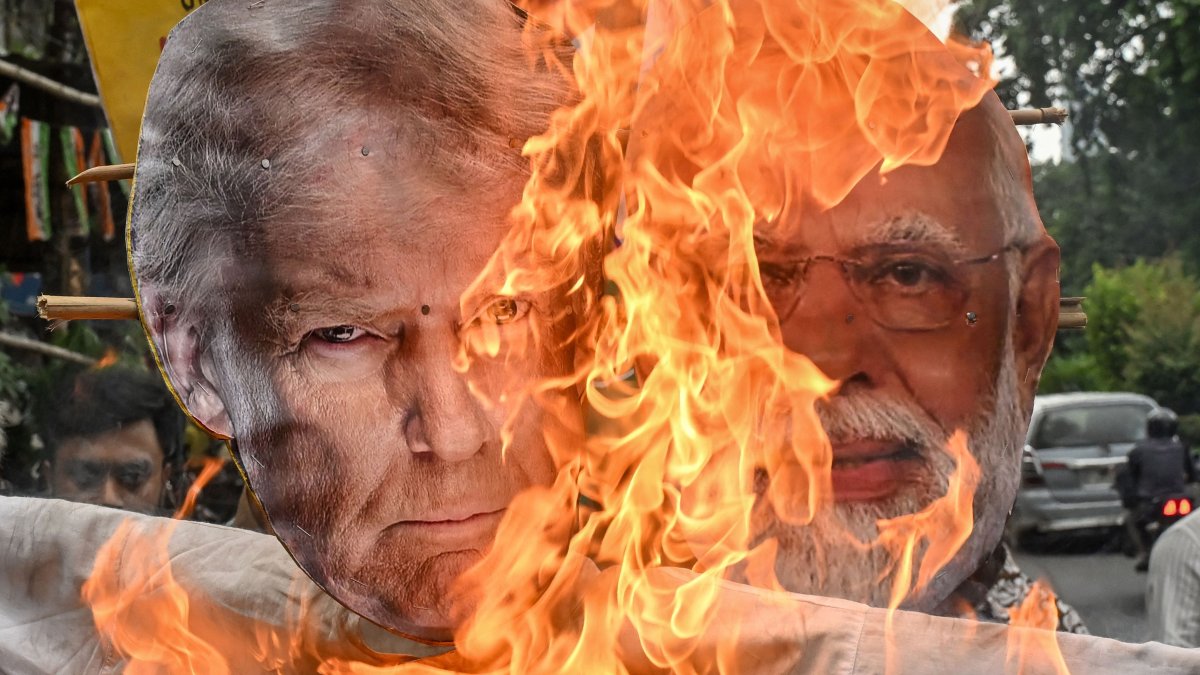



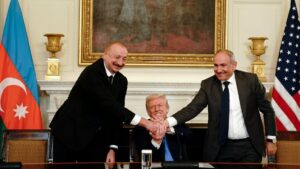


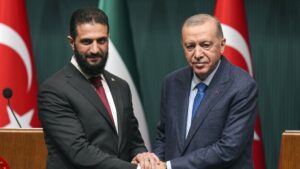



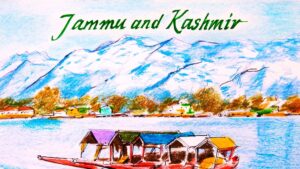

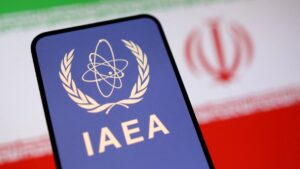
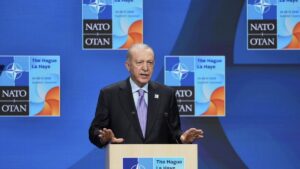
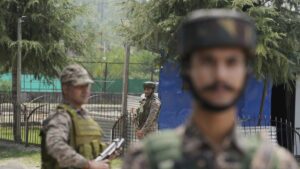












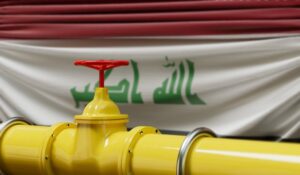

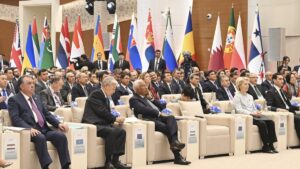






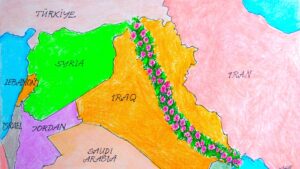



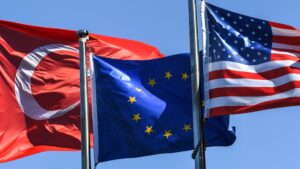
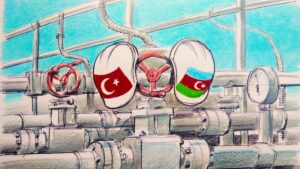



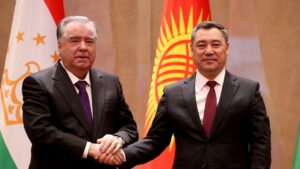
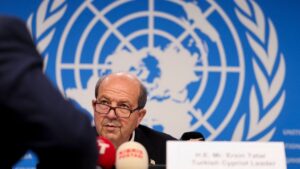
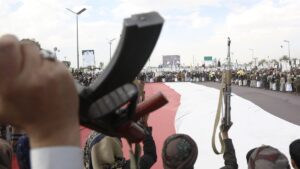


Be First to Comment